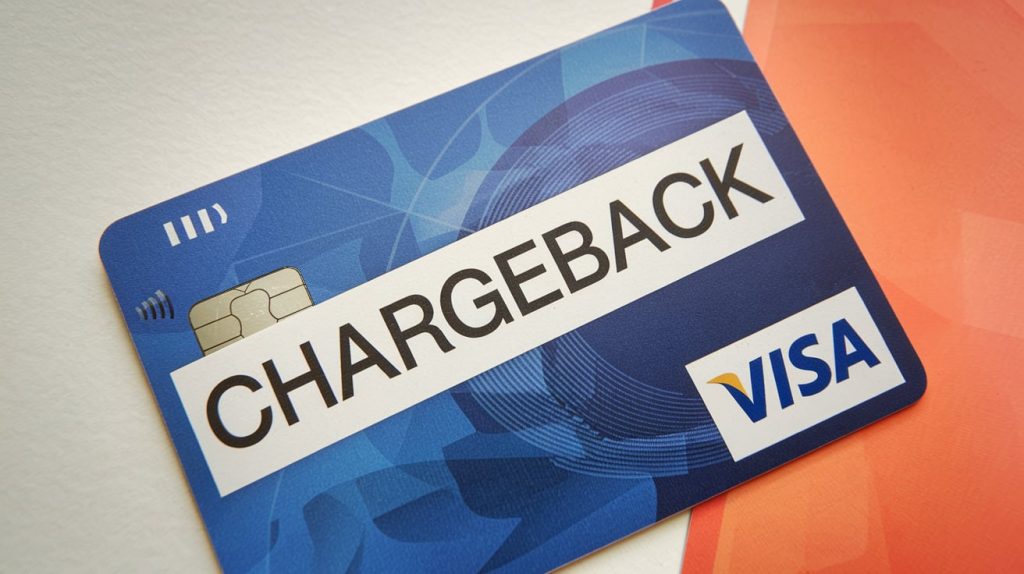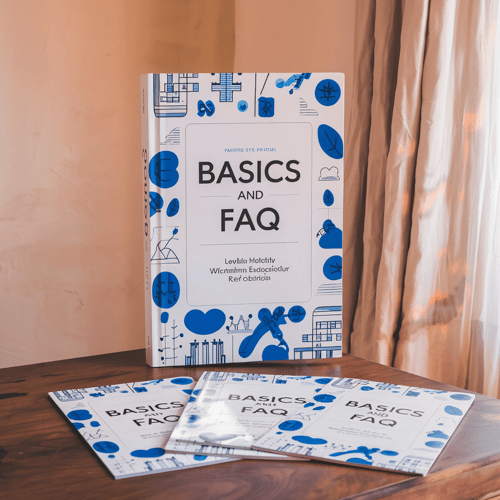A Practical Guide to VISA Chargeback Reason Codes
Introduction to VISA Chargebacks
A chargeback occurs when a cardholder disputes a transaction, leading to a reversal of the payment. Understanding VISA Chargeback Reason Codes is crucial for merchants to manage and prevent these disputes.
These codes categorize the reasons behind chargebacks, allowing merchants to address issues effectively and reduce financial risks.
Overview of VISA Chargeback Reason Codes
VISA organizes chargeback reason codes into categories: fraud, authorization, processing errors, and consumer disputes. Understanding these categories helps merchants manage the chargeback process and implement preventive measures.
Key Chargeback Categories
- Fraud (10.x Series): Unauthorized or counterfeit transactions.
- Authorization (11.x Series): Issues with transaction approvals.
- Processing Errors (12.x Series): Mistakes like duplicate transactions or incorrect amounts.
- Consumer Disputes (13.x Series): Disputes over product quality or delivery.
VISA Chargeback Reason Codes Table
Here is a comprehensive table listing all the VISA chargeback reason codes. Use this as a reference to understand the reasons behind chargebacks and how to address them.
| Reason Code | Category | Description | Merchant Actions | Prevention Tips |
|---|---|---|---|---|
| 10.1 | Fraud | EMV Liability Shift Counterfeit Fraud | Review EMV compliance, use chip-enabled terminals. | Upgrade to EMV-compliant terminals. |
| 10.2 | Fraud | EMV Liability Shift Non-Counterfeit Fraud | Check transaction environment, verify cardholder’s identity. | Implement strict cardholder verification processes. |
| 10.3 | Fraud | Other Fraud – Card-Present Environment | Analyze transaction data, confirm card presence. | Enhance in-store fraud prevention measures. |
| 11.1 | Authorization | Card Recovery Bulletin | Verify card status before processing. | Use real-time card status checks. |
| 11.2 | Authorization | Declined Authorization | Ensure transaction authorization, don’t bypass declined authorizations. | Train staff on proper handling of declined authorizations. |
| 12.1 | Processing Errors | Late Presentment | Submit transactions promptly. | Implement timely transaction processing protocols. |
| 12.2 | Processing Errors | Incorrect Transaction Code | Verify transaction codes before processing. | Regularly audit transaction processes. |
| 12.3 | Processing Errors | Incorrect Currency | Confirm transaction currency, inform cardholder of conversions. | Use tools to manage currency conversions and avoid errors. |
| 12.4 | Processing Errors | Incorrect Account Number | Double-check account numbers, ensure accuracy. | Implement validation checks in payment systems. |
| 12.5 | Processing Errors | Incorrect Amount | Cross-check amounts before finalizing transactions. | Ensure accurate input of transaction amounts by staff. |
| 12.6 | Processing Errors | Duplicate Processing | Identify and void duplicate transactions immediately. | Use advanced transaction monitoring systems. |
| 13.1 | Consumer Disputes | Merchandise/Services Not Received | Provide tracking information, communicate with the customer. | Ensure reliable delivery services and clear communication. |
| 13.2 | Consumer Disputes | Canceled Recurring Transaction | Confirm cancellation requests, stop recurring charges promptly. | Set up automated subscription management. |
| 13.3 | Consumer Disputes | Not as Described or Defective Merchandise/Services | Respond to complaints, offer returns or refunds. | Provide accurate product descriptions and quality checks. |
| 13.4 | Consumer Disputes | Counterfeit Merchandise | Investigate and address counterfeit claims. | Source products from reputable suppliers. |
| 13.5 | Consumer Disputes | Misrepresentation | Ensure clear marketing, provide evidence to support claims. | Regularly review marketing materials. |
| 13.6 | Consumer Disputes | Credit Not Processed | Expedite credit processing, verify refund transactions. | Ensure timely processing of credits. |
| 13.7 | Consumer Disputes | Canceled Merchandise/Services | Process cancellations and refunds promptly. | Automate the cancellation and refund process. |
Breakdown of VISA Chargeback Reason Code Categories
Fraud (10.x Series)
Fraud-related chargebacks cover unauthorized transactions. Reason Code 10.1 (EMV Liability Shift Counterfeit Fraud) applies when a counterfeit card is used, and the merchant isn’t EMV-compliant. Prevention: Ensure payment terminals are EMV-compliant to avoid liability. Reason Code 10.3 involves fraud in a card-present environment, where verifying the cardholder’s identity is crucial.
Authorization (11.x Series)
Authorization errors often result in chargebacks. Reason Code 11.2 (Declined Authorization) occurs when a transaction is processed despite a declined authorization. Action: Never bypass declined authorizations. Prevention: Implement automated checks to block such transactions.
Processing Errors (12.x Series)
Common processing errors include late presentment or incorrect amounts. Reason Code 12.1 (Late Presentment) happens when a transaction is not submitted on time. Action: Submit transactions promptly, ideally the same day. Prevention: Use automated reminders to avoid late submissions.
Consumer Disputes (13.x Series)
Consumer disputes involve issues like non-receipt of goods or defective products. Reason Code 13.1 (Merchandise/Services Not Received) is common. Action: Provide tracking information and communicate with customers. Prevention: Use reliable delivery services and maintain clear communication.
For merchants facing frequent chargebacks, partnering with an anti-chargeback solution like Merchanto.org, a VISA and MasterCard official partner, can help manage and reduce disputes.
Time Limits and Response Guidelines
Chargeback Timeframes
- Cardholder’s Time Limit: Typically 120 days from the transaction date.
- Merchant’s Response Time: Merchants must respond within 20-30 days of receiving a chargeback.
Best Practices for Responding to Chargebacks
- Gather Evidence: Collect all relevant documentation, such as receipts and communications.
- Timely Response: Respond as soon as possible to avoid automatic losses.
Table: VISA Chargeback Time Limits
| Phase | Timeframe |
|---|---|
| Cardholder Dispute Period | 120 days from transaction date |
| Merchant Response Period | 20-30 days from chargeback |
| Arbitration Period | 10 days after the last phase |
Prevention Strategies for VISA Chargebacks
Product and Service Accuracy
Accurate descriptions prevent disputes. Misrepresentation (Reason Code 13.5) occurs when there’s a discrepancy between the product description and the delivered item. Prevention: Ensure all marketing materials are accurate.
Fraud Prevention Tools
Fraud is a major source of chargebacks. Prevention: Use fraud detection tools like address verification systems (AVS) and two-factor authentication to reduce fraud-related chargebacks.
Automated Recurring Transactions
Recurring transactions carry risks. Prevention: Automate subscription management to handle cancellations and prevent further charges.
Handling Chargebacks
Step-by-Step Guide to Managing Chargebacks
- Identify the Reason Code: Determine the specific issue being disputed.
- Gather Documentation: Collect relevant documents, such as receipts and shipping confirmations.
- Submit Your Response: Prepare a response addressing the chargeback reason code directly. Attach supporting documents and submit promptly.
- Monitor the Outcome: Track the status of the chargeback and be ready to proceed to arbitration if necessary.
- Improve Processes: Review the situation to identify areas for improvement.
For ongoing chargeback issues, consider consulting an anti-chargeback service like Merchanto.org, a VISA and MasterCard partner, to reduce risks and streamline dispute management.



